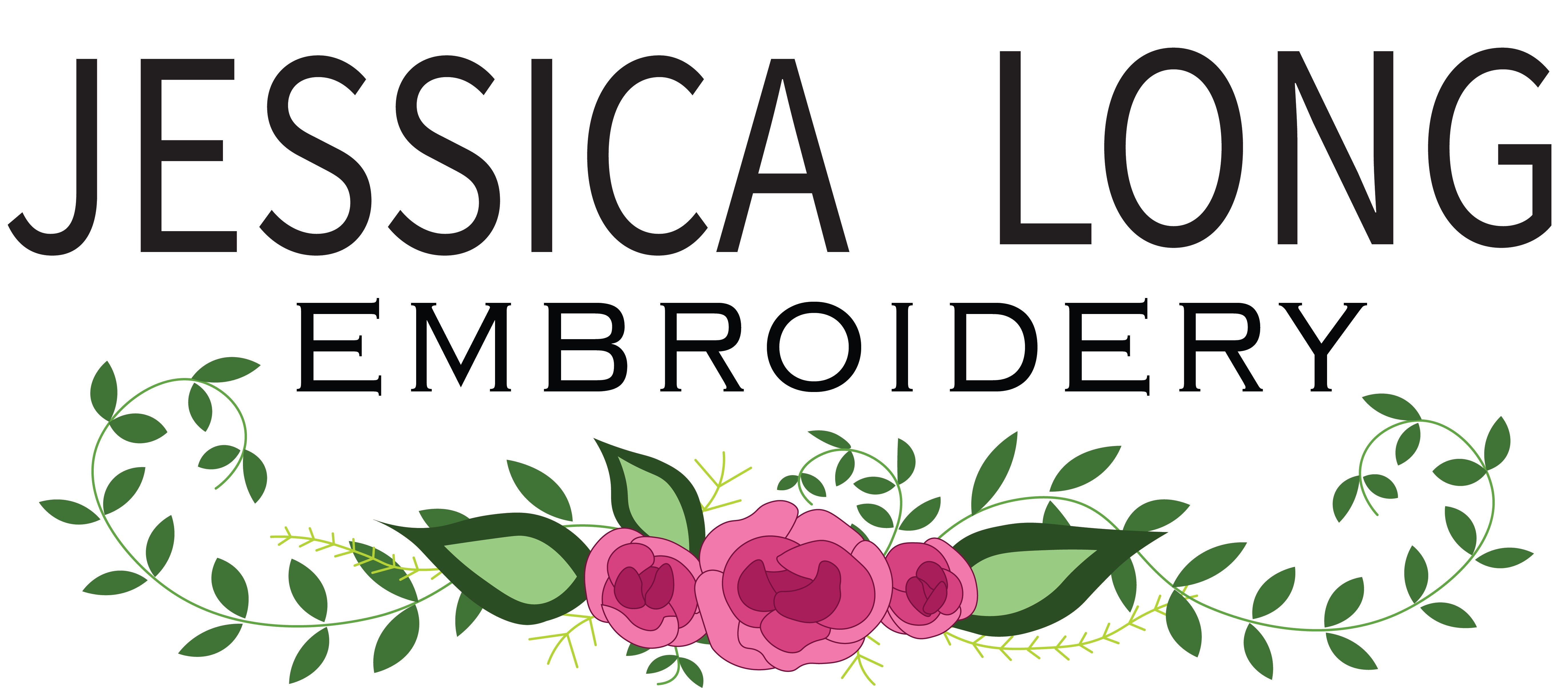With some experimenting, you'll find the techniques that make threading feel effortless so you can focus on your creative stitches. Here are some tips for threading embroidery needles more easily.
Tools
- Use a magnifying lamp, glasses or lightweight magnifying visor if needed to see the needle eye more clearly. Proper lighting also helps.
- Try using a needle threading tool.
- Consider beeswax or thread conditioner to lubricate older or frayed threads for simpler threading.
Techniques
-
"Lick and snip" method: Moisten the end of the embroidery thread very slightly by licking it or dabbing it with water. Next, trim the end of thread with embroidery scissors to create a sharp, slightly angled edge. The floss is now much easier to thread through the eye of the needle!
- Twist the thread into a point by rolling it between your fingers before inserting into the needle eye to create a sharper end.
- Patience is key. Take your time centering the thread in the eye and moving slowly rather than forcefully tugging it through.
Tips & Tricks
- If you are struggling to thread your needle please try another needle! It's okay to use a larger needle if you need to. Hand embroidery should be relaxing, not frustrating.
- If you are using six-stranded embroidery floss and want to work with an even number of strands, try this trick:
- Cut a double length of floss. If you usually cut lengths of 2 feet long, cut a 4 foot length instead.
- Pull out half the number of strands you need from the cut length. If you want to use 2 strands, just pull a single strand from the cut thread. If you want to use 6 strands, pull 3 strands from the cut length.
- Thread these strands through the eye of your needle.
- Center you needle in the middle of the strands and fold the strands in half so that the two ends meet.
- Stitch! This doubled over length should be of your desired number of strands. Because your needle is looped inside of the thread you will need to cut it out once you are done stitching.
